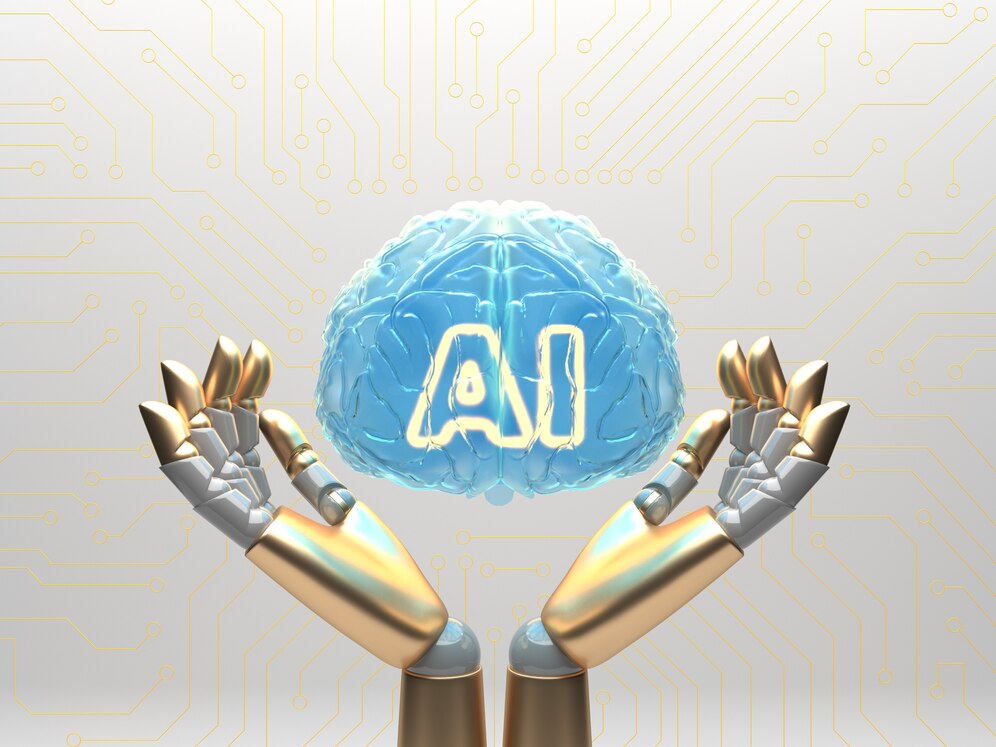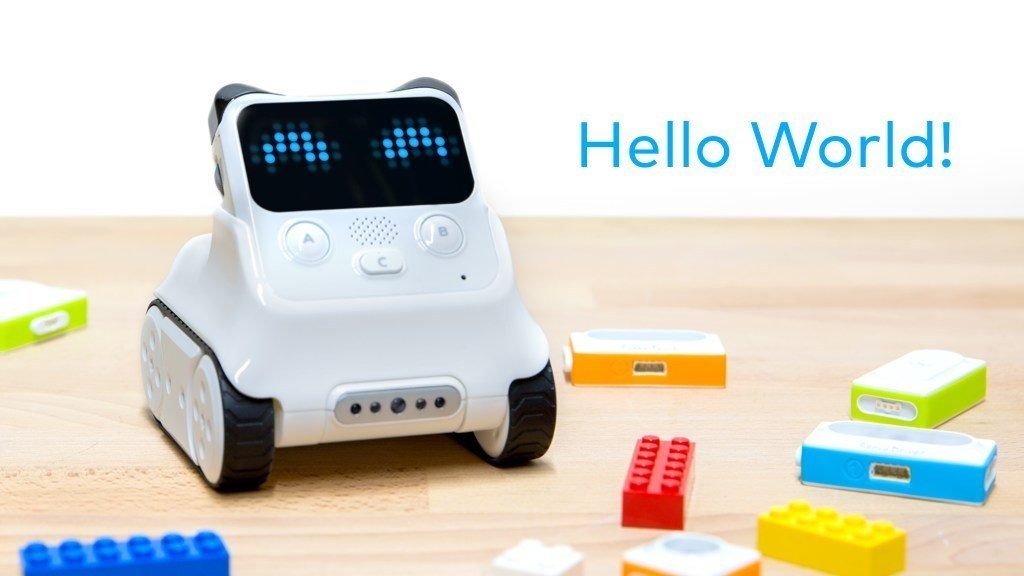April 3, 2024 | Makeblock
With the popularity of ChatGPT, AI has gradually become a ubiquitous concept in the public eye. It seems that we have come into an era in which AI has become an integral part of our lives. From managing our daily schedules to automating complex processes in various industries, AI has permeated nearly every aspect of society.
In the educational field, our students learn knowledge about AI, and learn with the help of AI, and sometimes, AI becomes the rivalry of our students in the job hunting process. The truth is that AI has become an integral part of education. Today, we will discuss the implementing strategies of AI in higher education and see how to assist our young students to achieve success in this AI-driven society.
What is AI?
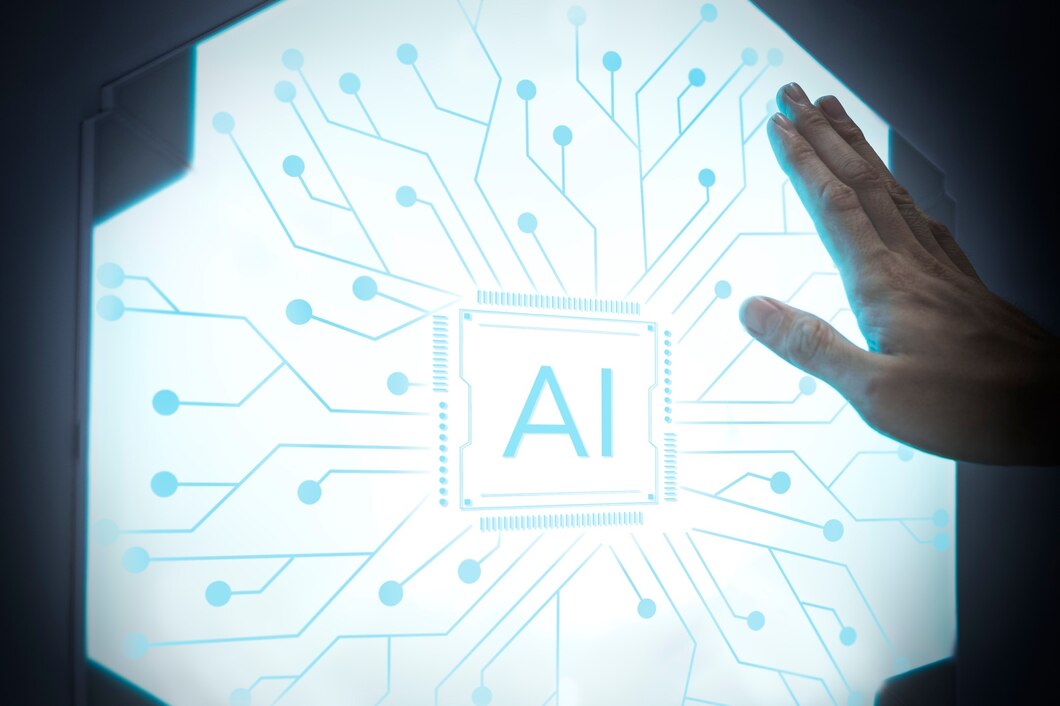
Artificial Intelligence includes machine learning, deep learning, and natural language processing. It deeply depends on computing power and the massive amount of data processed by algorithms.
At present, we usually define AI into two categories: Narrow AI and General AI. Narrow AI, or Weak AI, is designed to perform a specific task, such as voice recognition, image classification, or playing a game like chess. Narrow AI systems are typically good at what they do but do not have the ability to understand or learn beyond their programming. While General AI is a hypothetical form of AI that has all the intellectual capabilities of a human. It would be able to understand, learn, and apply knowledge across a wide range of tasks, just like a human being. As of now, General AI remains a topic of research and science fiction, as the technology and understanding required to achieve it have not yet been realized.
Here we want to simply illustrate some definitions in the AI field:
Machine Learning: A subset of AI that allows machines to improve their performance on a task through experience.
Deep Learning: A further subset of machine learning, inspired by the human brain, that uses neural networks with many layers to analyze various aspects of data.
Natural Language Processing (NLP): The ability of computers to understand, interpret, and generate human language, in a way that a human would.
How is AI transforming the landscape of higher education?
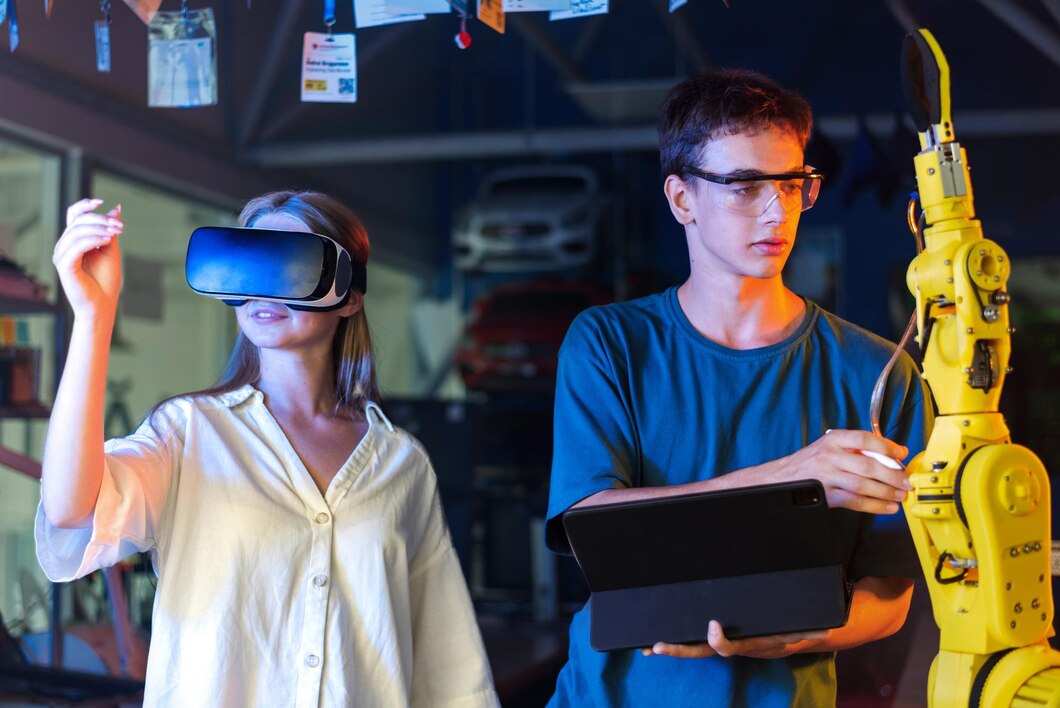
As we make a general observation of the status quo of higher education, we may find that AI infuses the whole educational process. AI is fundamentally changing the landscape of higher education.
1. Personalized Learning: AI-powered educational platforms can analyze students' learning styles, preferences, and performance data to tailor learning experiences to individual needs. This personalized approach helps students learn at their own pace, filling gaps in understanding and reinforcing concepts more effectively.
2. Virtual Teaching Assistants: Chatbots and virtual tesaaZaching assistants powered by AI can provide instant support to students, answering questions, providing explanations, and offering guidance on coursework and assignments. These AI-driven assistants can help alleviate the burden on instructors and provide students with timely assistance around the clock.
3. Content Creation and Curation: AI technologies such as natural language processing (NLP) can generate and curate educational content, including textbooks, lecture notes, and study materials. AI-generated content can help supplement traditional resources, providing students with additional learning resources and perspectives.
4. Research and Discovery: AI is transforming the research landscape in higher education by accelerating data analysis, uncovering insights from large datasets, and facilitating interdisciplinary collaboration. AI-powered tools can assist researchers in tasks such as literature reviews, data analysis, and hypothesis generation, enabling them to make discoveries more efficiently.
5. Administrative Efficiency: AI automation can streamline administrative tasks such as admissions, enrollment management, and course scheduling, freeing up resources for more strategic initiatives. By automating routine processes, institutions can improve operational efficiency and focus on providing high-quality educational experiences for students.
AI has the potential to revolutionize higher education by enhancing teaching and learning experiences, improving outcomes, and driving innovation across all aspects of the academic ecosystem. However, it's essential to ensure that AI technologies are implemented ethically and responsibly, with careful consideration given to issues such as privacy, bias, and equity. By harnessing the power of AI thoughtfully, higher education institutions can better prepare students for success in an increasingly complex and interconnected world.
How to Prepare Our Students for AI-powered Society?
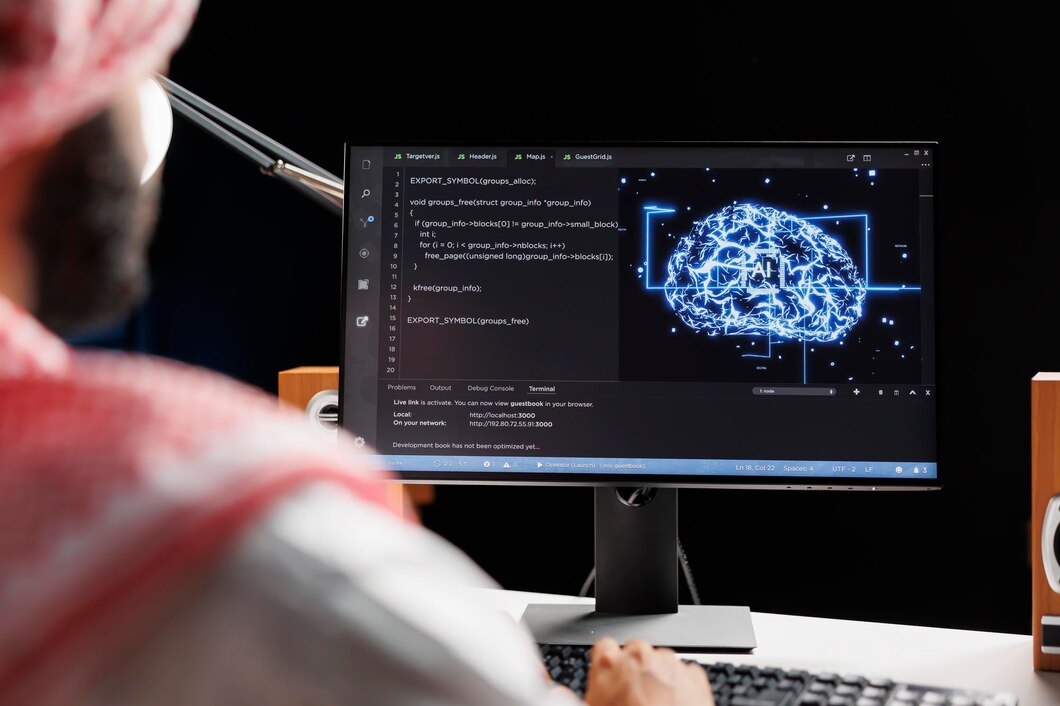
AI technology is directly and indirectly changing the students' study process. As we stand on the brink of a new era dominated by rapid advancements in artificial intelligence, it is becoming evident that the impact of AI will be profound and far-reaching, reshaping the way we are educated and the way we teach.
Preparing students for a future where AI is an integral part of daily life involves more than just teaching them to code or operate AI systems. It requires a holistic approach that encompasses the development of a diverse range of skills, including critical thinking, creativity, ethical reasoning, and digital literacy. It also involves cultivating an understanding of the broader implications of AI, such as its potential to disrupt labor markets, its role in addressing global challenges, and the ethical considerations it raises.
First, in this context, educators and policymakers must come together to rethink traditional educational models and curricula, ensuring that they are relevant and responsive to the demands of an AI-driven world. This may involve integrating AI-related topics across various disciplines, providing hands-on experiences with cutting-edge technologies, and fostering a culture of lifelong learning that empowers students to adapt and thrive in a rapidly changing landscape.
Second, schools and universities should collaborate with industry partners to provide students with real-world exposure to AI applications and challenges. Internships, work-study programs, and guest lectures from professionals in the field can offer valuable insights into the practical aspects of AI and its integration into various industries.
Third, it is crucial to emphasize the importance of ethical and responsible AI development and use. This means incorporating discussions on AI ethics into the curriculum and teaching students about data privacy, algorithmic bias, and the social impacts of AI. By doing so, students will be better prepared to make informed decisions and contribute to the development of AI that is aligned with societal values and norms.
Fourth, educators should leverage AI tools and platforms themselves to enhance the learning experience. By using AI to personalize learning, provide instant feedback, and create immersive educational environments, teachers can demonstrate the practical benefits of AI and inspire students to explore its possibilities further.
Lastly, it is important to foster a global perspective on AI. Given the technology's borderless nature, students should be encouraged to engage with AI developments and challenges on an international scale. This can be achieved through international exchanges, collaborative projects, and a curriculum that highlights global issues and AI's role in addressing them.
Advanced AI-Powerd Teaching Tools in Higher Education
We have mentioned that educators should consider carefully what kind of teaching tools to be used in the education process. In this part, we list some top-notch AI-powered teaching tools that perfectly match the curriculum standard of higher education.
1. Codey Rocky: Interactive Robot for AI Education
Codey Rocky is a very cute educational AI robot that integrates almost all AI functions including voice recognition, emotional expression, color detection etc.
First, Codey Rocky is equipped with a range of sensors and actuators that allow students to explore various aspects of AI, such as computer vision, speech recognition, and emotional expression. It also supports multiple programming languages and environments, making it accessible to students to personalize their Codey Rocky.
Second, Codey Rocky's interactive capabilities allow students to engage with the robot through voice commands, touch, and gesture recognition. This feature not only makes learning more enjoyable but also helps students understand how AI systems interact with their environment.
Third, students can realize other AI functions except those having been input in Codey Rocky by coding. With its support for graphical programming tools like Makeblock's mBlock and other platforms like Scratch, students can easily program Codey Rocky to perform various tasks. This visual programming approach is particularly effective for beginners, as it simplifies the coding process and encourages experimentation.
2. mBot2: Smart Robot Kit Infused AI with Education
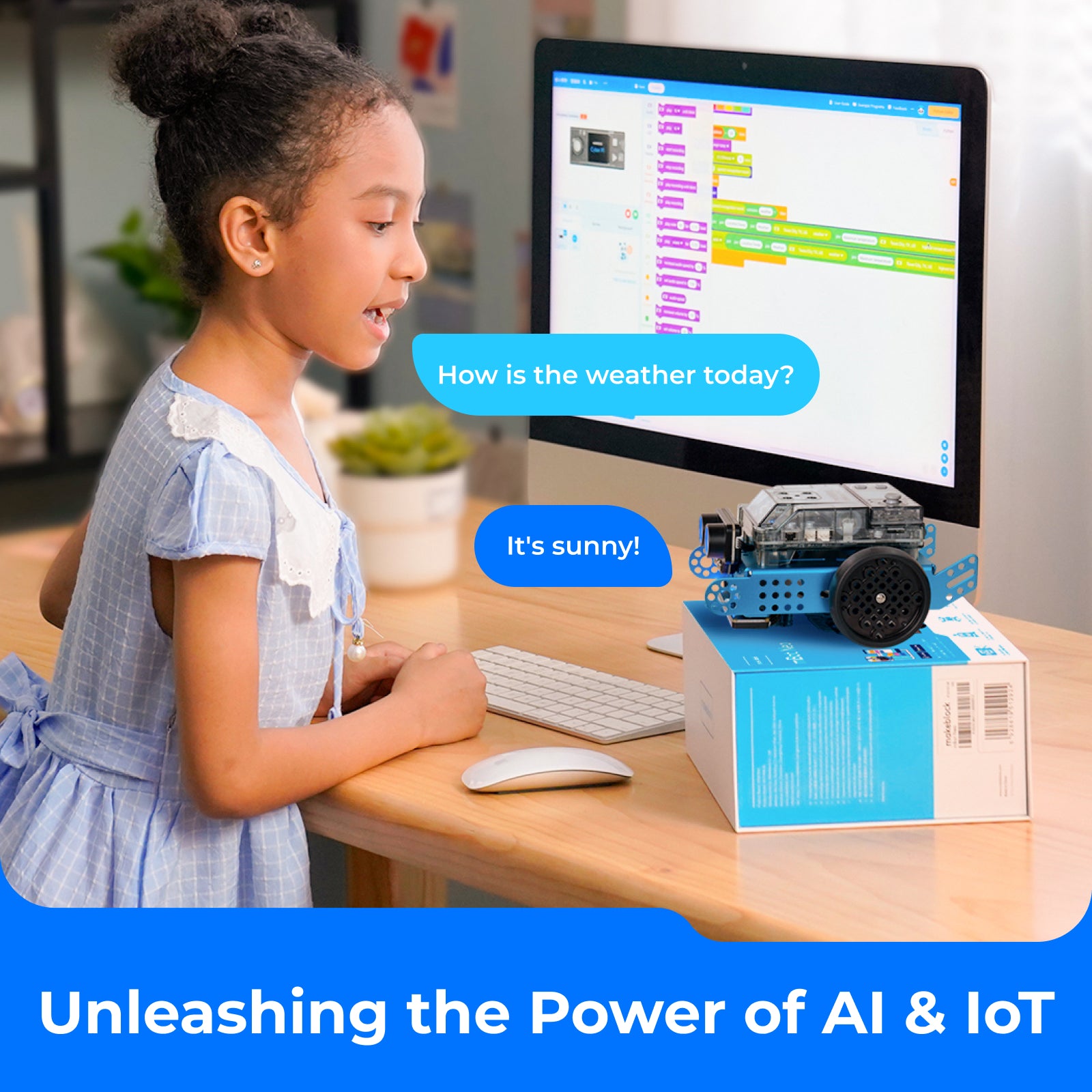
mBot2 is an intelligent robot engineered to immerse students in the world of artificial intelligence through interactive and tangible learning experiences.
The first AI-powered feature of mBot2 is its various sensors including a light sensor, ultrasonic sensor, and quad RGB sensor, that facilitate the identification of colors, shapes, and various objects, providing students with the opportunity to delve into the realm of computer vision and to create applications centered around object recognition and following.
Additionally, the mBot2 boasts an inherent ability to understand and react to vocal commands, offering students a chance to dive into the realms of natural language processing and audio recognition as they code the robot to carry out spoken directives.
By integrating with Makeblock's AI Science Project Box, mBot2 opens up avenues for students to investigate AI machine learning principles. They can train the robot to create immersive human-machine dialogue scenarios and translation between different languages with the right coding input. mBot2 is compatible with visual programming languages like Python with Makeblock's mBlock, which is a free coding software for all-stages students. This compatibility enables students to conveniently engage with AI principles and to create AI-driven applications through a graphical programming interface.
3. xTool P2: Top-notch Laser Engraver Integrated with AI Technologies

Laser engravers are a hit advanced educational tool to create brilliant artwork, while ChatGPT 4 is going to keep its great popularity in AI field. Have you ever had the thought of creating some wonderful laser-cutting graphics with free AI software? It's not an unreachable idea! Some laser engraver lovers have made a successful attempt.
xTool P2 boasts incredible safety features, high cutting precision, and versatile applying settings. Many laser engraver lovers have been big fans of this tool. Its enclosed design and automatic lock ensure a secure environment for educators and students. With its 55W laser tube, xTool P2 effortlessly cuts through materials like wood and acrylic, providing educators with powerful cutting capabilities.
At the same time, as a perfect option for AI education, its combination with ChatGPT 4 brings its creativity to the next level. Using AI software to create intricate and awe-inspiring designs offers students the opportunity to command AI-driven software more deftly. In the process, students can refine AI-generated graphics by revising their prompts in the software. Getting the ideal designs, the engraving process with xTool P2 brings students to a world full of creativity and a sense of fulfillment.


